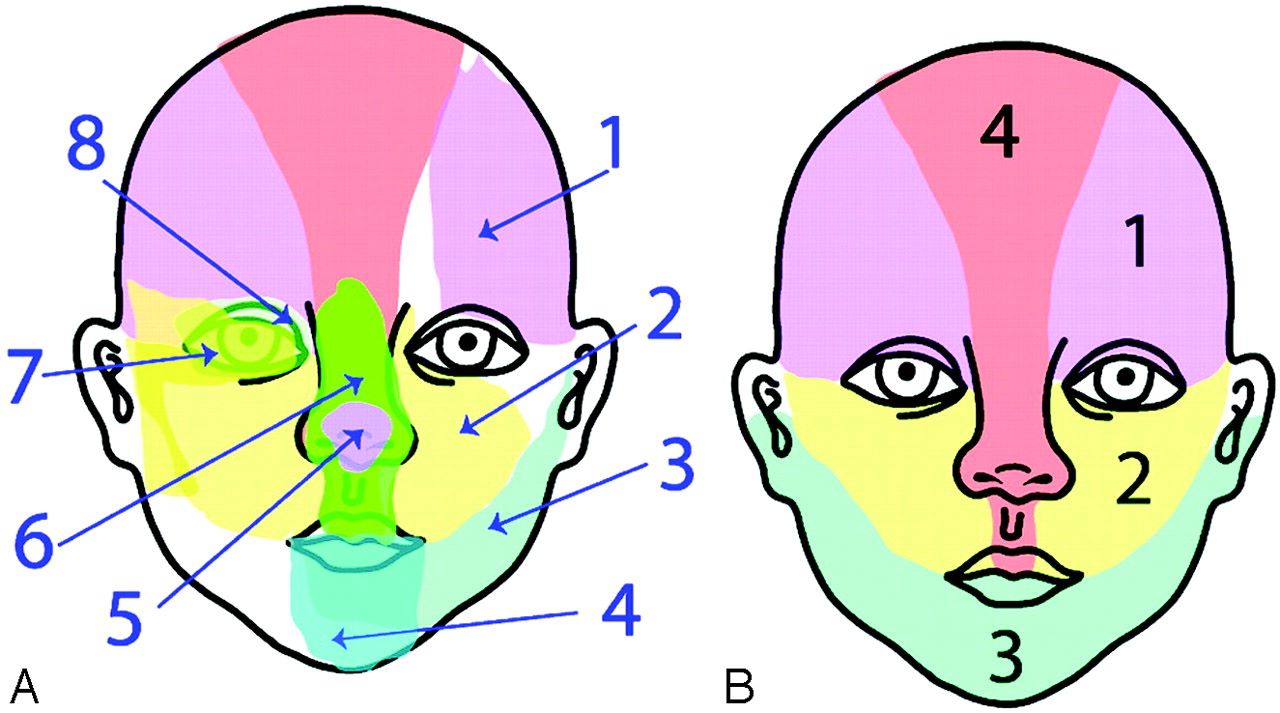
PHACE Association is a rare condition that affects various parts of the body. PHACE stands for Posterior fossa brain malformations, Hemangiomas, Arterial anomalies, Cardiac defects, and Eye abnormalities. This complex disorder often presents at birth or early infancy, making early diagnosis crucial. Understanding the intricacies of PHACE Association can help families and healthcare providers manage the condition more effectively. In this blog post, we'll explore 25 intriguing facts about PHACE Association, shedding light on its symptoms, causes, and treatments. Whether you're a parent, caregiver, or just curious, these facts will provide valuable insights into this unique medical condition.
Key Takeaways:
- PHACE Association is a rare condition with brain, heart, and eye anomalies. Early detection through MRI, MRA, and echocardiogram, along with multidisciplinary care, is crucial for effective management.
- Children with PHACE may need propranolol for hemangiomas, surgical interventions, and ongoing monitoring. Support groups, educational accommodations, and advocacy play vital roles in their well-being and development.
What is PHACE Association?
PHACE Association is a rare congenital disorder characterized by a combination of anomalies. The acronym PHACE stands for Posterior fossa brain malformations, Hemangiomas, Arterial anomalies, Cardiac defects, and Eye abnormalities. Here are some intriguing facts about this condition.
-
PHACE Association is rare: This disorder affects approximately 1 in 25,000 to 1 in 50,000 live births.
-
Hemangiomas are a key feature: Large, segmental hemangiomas on the face or neck are often the first sign of PHACE Association.
-
More common in females: Girls are more likely to be diagnosed with PHACE Association than boys.
-
Brain abnormalities: Posterior fossa brain malformations, such as Dandy-Walker malformation, are common in children with PHACE.
-
Arterial anomalies: Abnormalities in the arteries, particularly those supplying the brain, are frequently observed.
-
Heart defects: Congenital heart defects, including coarctation of the aorta, are part of the PHACE spectrum.
-
Eye issues: Eye abnormalities, such as colobomas, can affect vision.
-
Developmental delays: Some children with PHACE may experience developmental delays or learning disabilities.
-
Genetic factors: The exact cause of PHACE is unknown, but genetic factors may play a role.
-
Diagnosis: Diagnosis is typically made through a combination of clinical evaluation and imaging studies.
Symptoms and Diagnosis
Understanding the symptoms and how PHACE Association is diagnosed can help in early detection and management.
-
Early signs: Large facial hemangiomas appearing within the first few weeks of life are often the earliest sign.
-
MRI and MRA: Magnetic Resonance Imaging (MRI) and Magnetic Resonance Angiography (MRA) are crucial for detecting brain and arterial anomalies.
-
Echocardiogram: An echocardiogram helps identify any heart defects present.
-
Ophthalmologic exam: Regular eye exams are necessary to detect and manage eye abnormalities.
-
Multidisciplinary approach: Diagnosis and management often require a team of specialists, including dermatologists, neurologists, cardiologists, and ophthalmologists.
Treatment and Management
Managing PHACE Association involves addressing each of the individual anomalies and symptoms.
-
Propranolol for hemangiomas: Propranolol, a beta-blocker, is commonly used to treat hemangiomas.
-
Surgical interventions: Some children may require surgery to correct heart defects or other structural anomalies.
-
Regular monitoring: Continuous monitoring of brain, heart, and eye health is essential.
-
Developmental support: Early intervention programs can help address developmental delays.
-
Genetic counseling: Families may benefit from genetic counseling to understand the potential hereditary aspects of PHACE.
Living with PHACE Association
Living with PHACE Association can be challenging, but with proper care and support, children can lead fulfilling lives.
-
Support groups: Connecting with other families through support groups can provide emotional and practical support.
-
Educational accommodations: Some children may need special education services or accommodations at school.
-
Regular follow-ups: Lifelong follow-up with healthcare providers is often necessary.
-
Awareness and advocacy: Raising awareness about PHACE can help improve diagnosis and treatment options.
-
Research and advancements: Ongoing research is crucial for understanding PHACE and developing new treatments.
Final Thoughts on Phace Association
Phace Association stands as a beacon of support and information for families dealing with PHACE syndrome. This rare condition, characterized by a combination of congenital anomalies, requires specialized care and understanding. The association provides resources, connects families with medical experts, and fosters a community of support. Their efforts in raising awareness and funding research are crucial in improving the lives of those affected. By sharing stories, offering guidance, and advocating for better healthcare, Phace Association plays a vital role in the lives of many. Whether you're a parent, caregiver, or medical professional, the information and support provided by this organization can make a significant difference. Stay informed, stay connected, and continue to support the mission of Phace Association. Together, we can make strides in understanding and managing PHACE syndrome.
Frequently Asked Questions
Was this page helpful?
Our commitment to delivering trustworthy and engaging content is at the heart of what we do. Each fact on our site is contributed by real users like you, bringing a wealth of diverse insights and information. To ensure the highest standards of accuracy and reliability, our dedicated editors meticulously review each submission. This process guarantees that the facts we share are not only fascinating but also credible. Trust in our commitment to quality and authenticity as you explore and learn with us.
